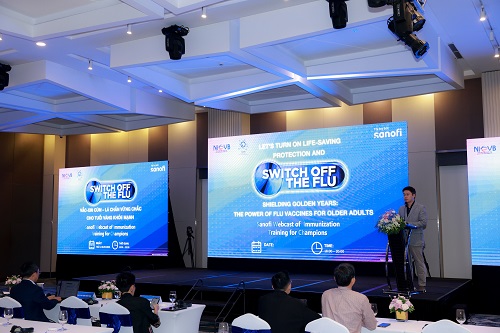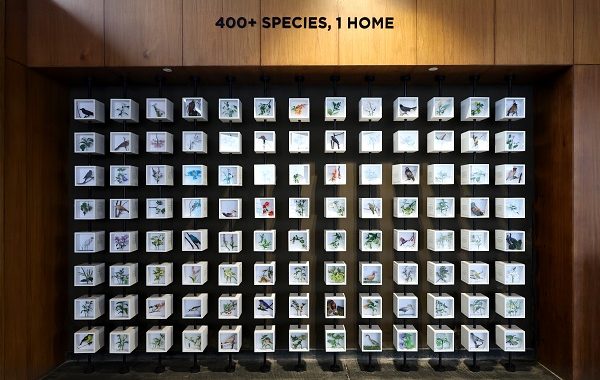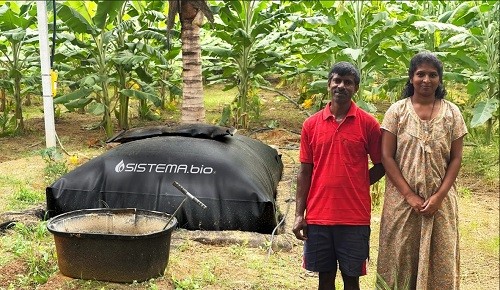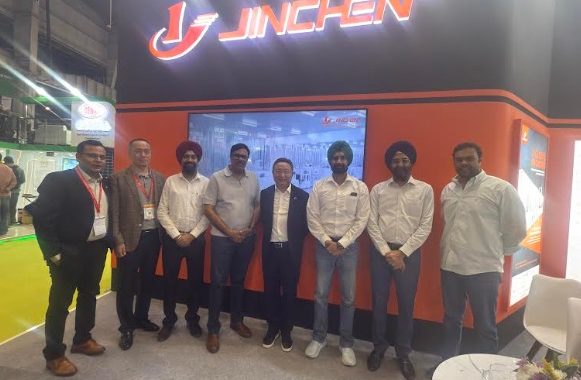CHD Awareness Week: Join the Fight to Save Lives and Raise Awareness
Genesis Foundation is one of the largest NGOs that facilitates the medical treatment of underprivileged children suffering from a congenital heart defect. The Foundation has also been striving to build awareness about the condition at the grassroot level to ensure timely diagnosis and treatment especially in underserved areas.
“We are driven by a single thought that life precedes everything, and it is in every stride that we march on to make healthcare accessible for the lesser privileged whose children are diagnosed with a congenital heart defect. We have been able to reach children across 24 states including children living in tribal areas and aspirational districts providing them support for their treatment. Access to life saving pediatric cardiac care is a right for every child and not a privilege available to a few. The life of Every Child Counts,” said Simran Sagar Singh, Operations Director, Genesis Foundation.
A 3 year old girl child underwent a complex open heart surgery where intraoperatively the Ventricular Septal Defect (VSD) was closed routing the aorta to the left ventricle. The routing was complicated due to the dextrocardia nature of the heart and the location of the VSD. In addition, the pathway to the lungs was opened, and the pulmonary artery reconstructed. The child made a quick recovery where her oxygen saturation levels improved from 80% to 99%.
The girl was born with a rare condition where the heart was on the right side of the chest and all other organs on the opposite side of what is seen in a normal person. She underwent a lifesaving surgery at AMRITA Institute of Medical Sciences and Research Center, Kochi. In addition, she had a rare congenital heart defect, making her treatment critical and difficult. Her father, a farmer could not afford the treatment and hence the child did not receive any treatment for a year.It was with the support of the medical team at AMRITA hospital and Genesis Foundation that this child was treated. “Every child needs a helping hand at some point of time to rise and shine like a star. We are the one who are blessed to to be their helping hand when they need the most,” said Dr Brijesh P. Kottayil, Professor, Department of C.V.T.S, School of Medicine, AMRITA Hospital, Kochi.
In another incident a 1-year-old boy from Telangana was given a second chance at life after receiving treatment for his rare congenital heart defect – A Double Aortic Arch Vascular Ring. Affecting 1 in 10,000 babies, Double Aortic Arch is an abnormal formation of the aorta, the large artery that carries blood from the heart to the rest of the body. This causes an abnormal circle of blood vessels to form around a baby’s oesophagus and windpipe, leading to breathing and swallowing problems. In some cases, it can also cause a life-threatening airway obstruction. This boy was successfully treated at KIMS Hospital, Hyderabad and can now lead a normal life. “He underwent a successful surgical correction from the left thoracotomy (surgery from left side of chest rather than median sternal incision) and showed a prompt recovery. Babies and children who have a Double Aortic Arch repair have an excellent prognosis, provided they are treated on time. They enjoy a normal life and activities with no limitation,” said Dr Sudeep Verma, Consultant Pediatric Cardiologist at KIMS Hospital, Hyderabad.
These are only some of the stories of children waiting to be diagnosed and treated for a congenital heart defect. Congenital heart defects are the leading birth defects and more than 200,000 children are born with it in India each year. With improvements in medical care most children can live near normal lives well into their adulthood with just one intervention.
However, only 25% of the children diagnosed with a congenital heart defect are able to receive the treatment they need. Inspite of being one of the most common birth defects, awareness about the symptoms and the fact that the condition can be treated is limited to even among the first line of health care providers. Most pediatric cardiac centers are located in Tier I and Tier II cities implying that children living in Tier III cities and in villages are often left out.
Ensuring that all children born with a congenital heart defect get access to timely treatment requires a collaborative approach between the Government, Non-profits and corporates. The scale of the problem requires more health facilities to be set up as well as scaling up efforts to build awareness about the condition and treatment to ensure that lakhs of children can get better access to medical care.
![]()






